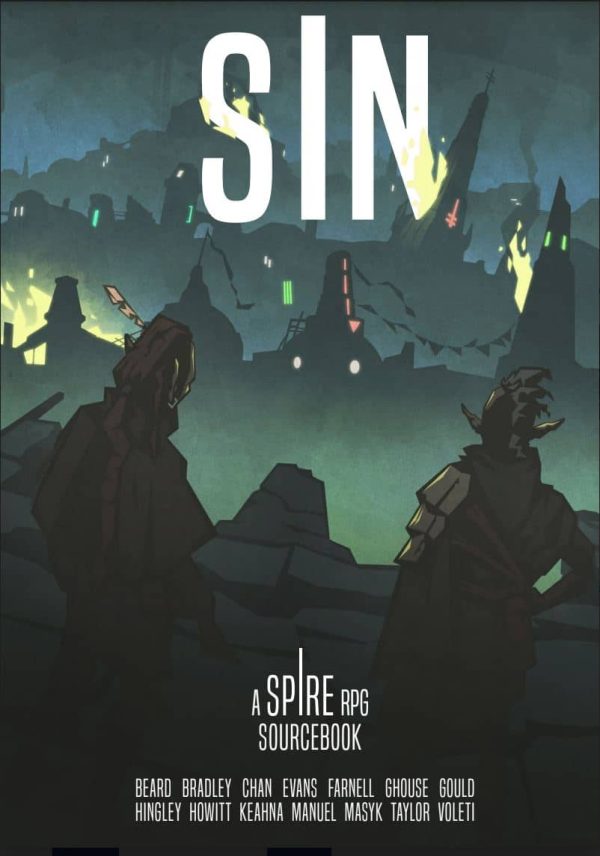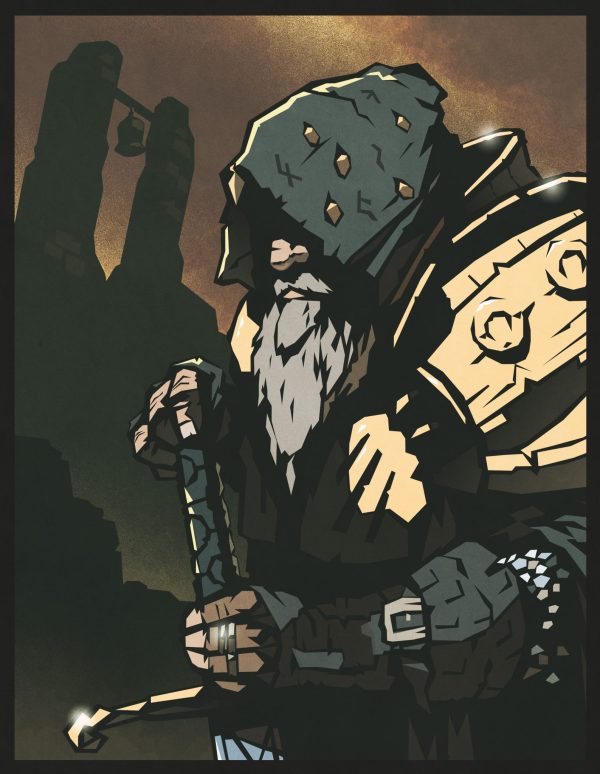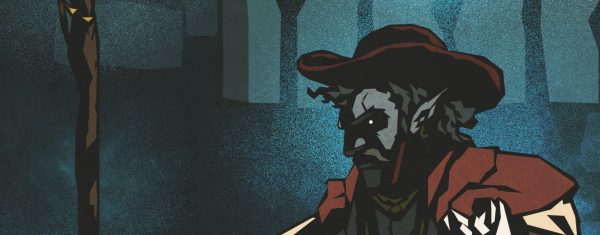SIN on general release

As of TODAY you can now purchase PDFs and pre-order physical copies of the Sin sourcebook, the Magister’s Guide, the Conspiracy Kit and the Spire Quickstart from THIS VERY WEBSITE. This is obviously wonderful news. If you’d like to learn more about those things then READ ON: SIN is the second full-length sourcebook for Spire: […]


